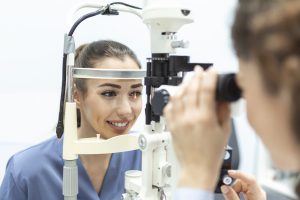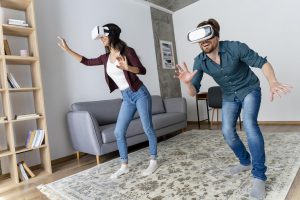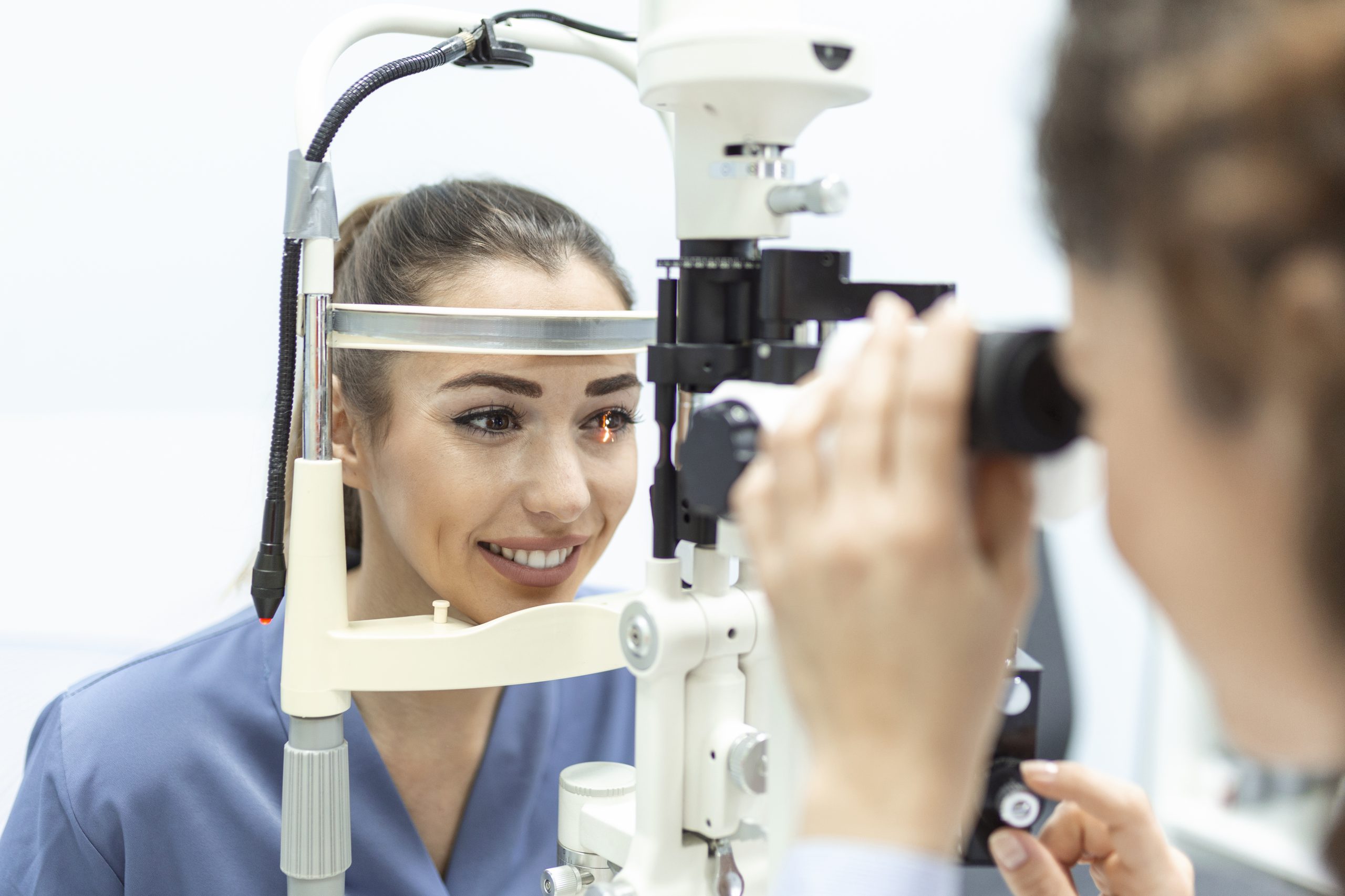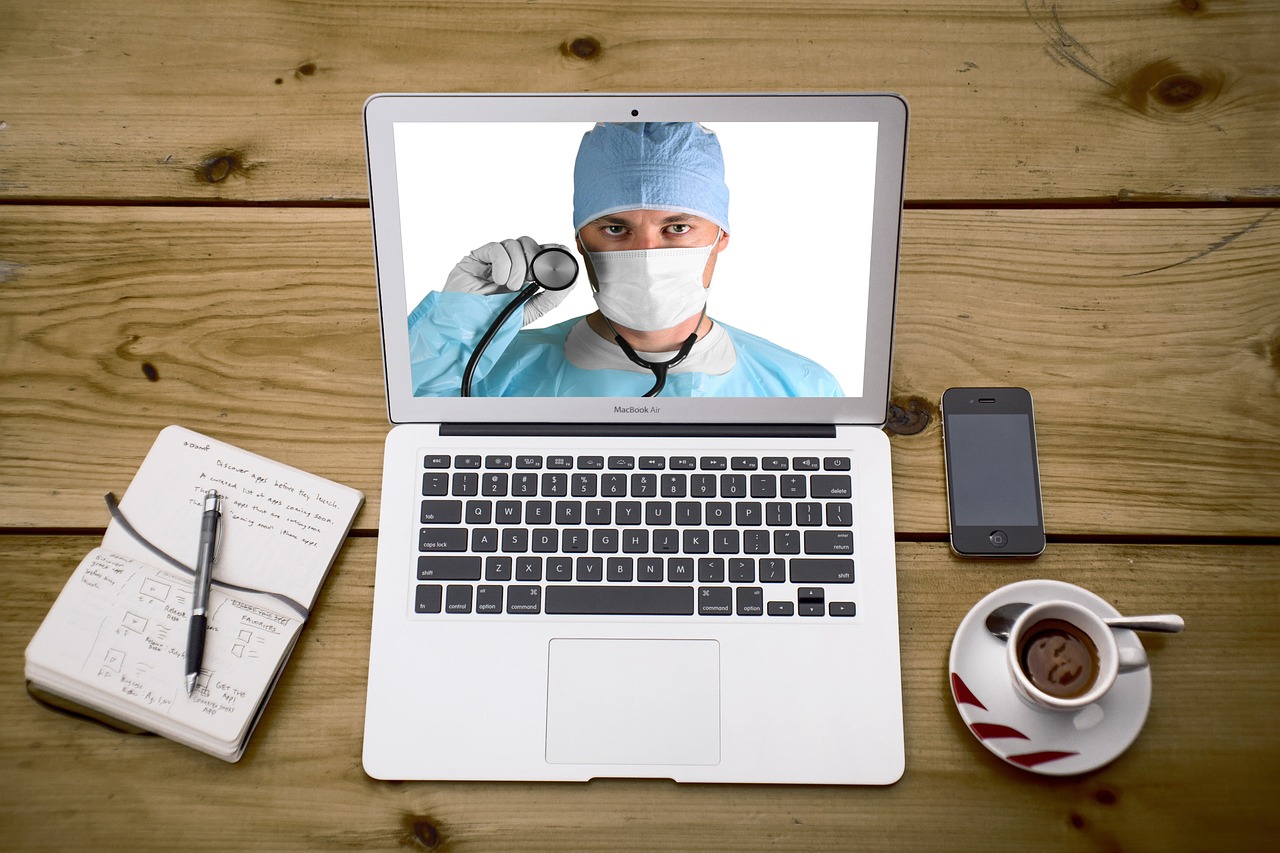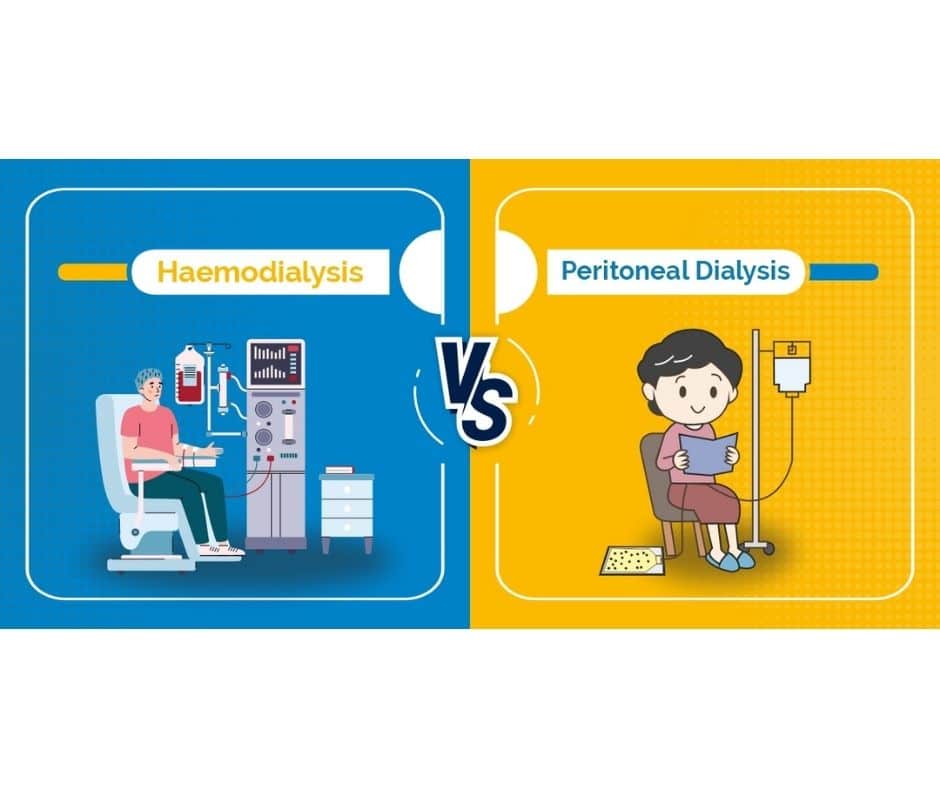In recent years, advancements in machine learning and other cutting-edge technologies have been making a significant impact on the field of eye care. From early detection of eye diseases to personalized treatment plans, the integration of new technologies is revolutionizing how we approach vision health. In this blog, we’ll explore the role of machine learning and other innovative technologies in shaping the future of eye care.
- Early Detection of Eye Diseases
One of the key areas where machine learning has demonstrated its potential is in the early detection of eye diseases. Traditional methods of eye exams have been effective, but machine learning algorithms can analyze vast amounts of data quickly and accurately, aiding in the identification of subtle signs of diseases like glaucoma, diabetic retinopathy, and macular degeneration.
Machine learning models can analyze retinal images and identify patterns that may indicate the presence of these conditions at a very early stage. Early detection allows for timely intervention and treatment, potentially preventing irreversible damage to the eyes and preserving vision.
- Personalized Treatment Plans
Another aspect where technology is making strides is in the development of personalized treatment plans. Machine learning algorithms can analyze patient data, including genetic information, lifestyle factors, and previous medical history, to tailor treatment approaches for individual patients.
Personalized treatment plans not only enhance the effectiveness of interventions but also contribute to minimizing side effects and improving overall patient outcomes. This level of customization ensures that eye care becomes more precise and patient-centered.
- Telemedicine and Remote Monitoring
Advancements in technology have facilitated the rise of telemedicine in eye care. Remote monitoring and telehealth platforms allow patients to connect with eye care professionals without the need for in-person visits. This is particularly beneficial for individuals in remote areas or those with mobility issues.
Machine learning algorithms can aid in the analysis of patient-reported symptoms, remote diagnostic tests, and even images or videos of the eyes captured by patients at home. This enables healthcare providers to assess the condition, adjust treatment plans, and provide necessary guidance, all from a distance.
- Smart Glasses and Wearable Devices
The integration of technology into eyewear has opened up new possibilities for both monitoring and enhancing vision. Smart glasses equipped with sensors and cameras can capture real-time data about the wearer’s environment. Machine learning algorithms can then process this data to offer augmented reality experiences or even assist individuals with visual impairments in navigating their surroundings.
Wearable devices designed for eye care can also track various metrics, such as eye movements and blink patterns. These data points can be valuable in identifying issues related to eye strain, dry eyes, or other conditions, providing insights for preventive measures and lifestyle adjustments.
- Rehabilitation and Vision Enhancement
Machine learning is contributing to innovative approaches in vision rehabilitation and enhancement. Computer vision technologies combined with machine learning algorithms can create personalized rehabilitation programs for individuals with visual impairments. These programs may include exercises and activities designed to improve specific aspects of vision.
Additionally, advancements in prosthetic devices and implants, guided by machine learning, are providing new hope for those with severe vision loss. These technologies aim to restore a degree of vision by interfacing with the visual processing system, offering a potential breakthrough for individuals affected by conditions like retinitis pigmentosa.
Conclusion
The intersection of machine learning and new technologies with eye care is ushering in a new era of precision, accessibility, and innovation. From early disease detection to personalized treatments, telemedicine, smart glasses, and rehabilitation solutions, these advancements are transforming the landscape of vision health.
As we continue to witness the rapid evolution of technology, the future holds exciting possibilities for further breakthroughs in eye care. Embracing these advancements not only enhances the accuracy and effectiveness of diagnostic and treatment processes but also ensures that eye care becomes more accessible to a broader population.





